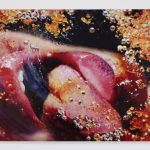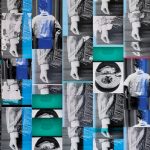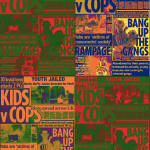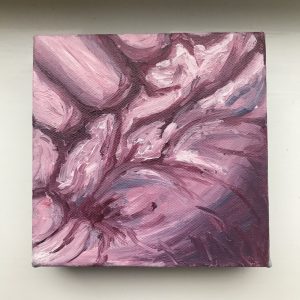At first, I found the blog challenging, because I struggle why I have created a piece of art, I have always preferred being practical rather than focusing on the theory aspect of art.
However, I have used the blog as an opportunity to study and enhance my knowledge on art theories (as I have never based or connected my artwork to art theories before this degree course). I have mainly focused on the the “female in art (feminists)” theory, however I have briefly looked into religious theories including “supernatural power”. I have found this experience extremely intriguing as I have thoroughly enjoyed connecting further with the art works due to gaining knowledge on the struggles feminists have had involving themselves within the art world and the range of medias they have used, especially performance art, to draw attention to themselves.
Also, the blog has encouraged me to visit a range of exhibitions within London and explore a variety of art from Jack Whittens’ abstract paint surfaces to Lorenzo Quinn’s symbolic sculptural work about “human love”. This has encouraged me to expand my techniques further by creating sculptural work and exploring print further.






